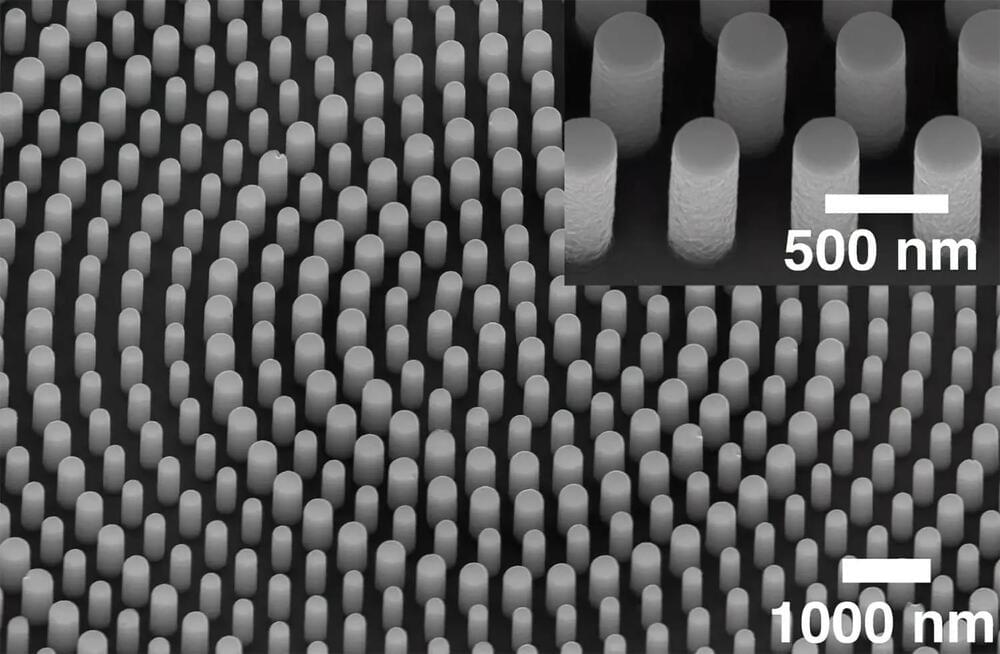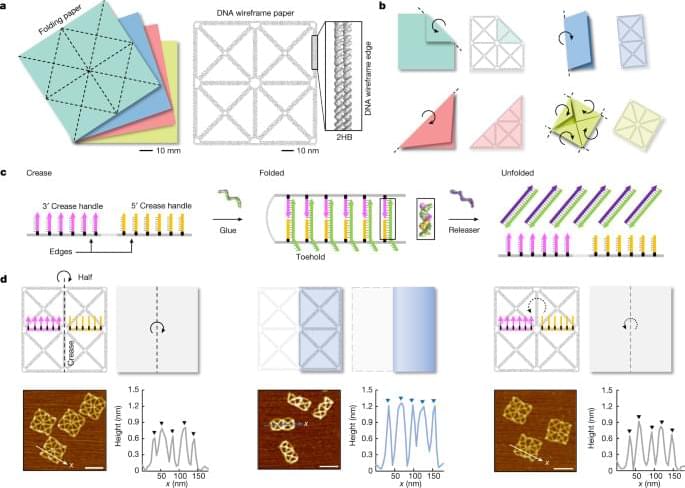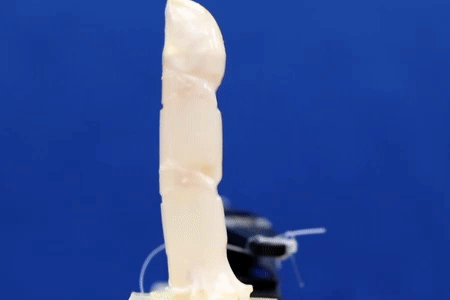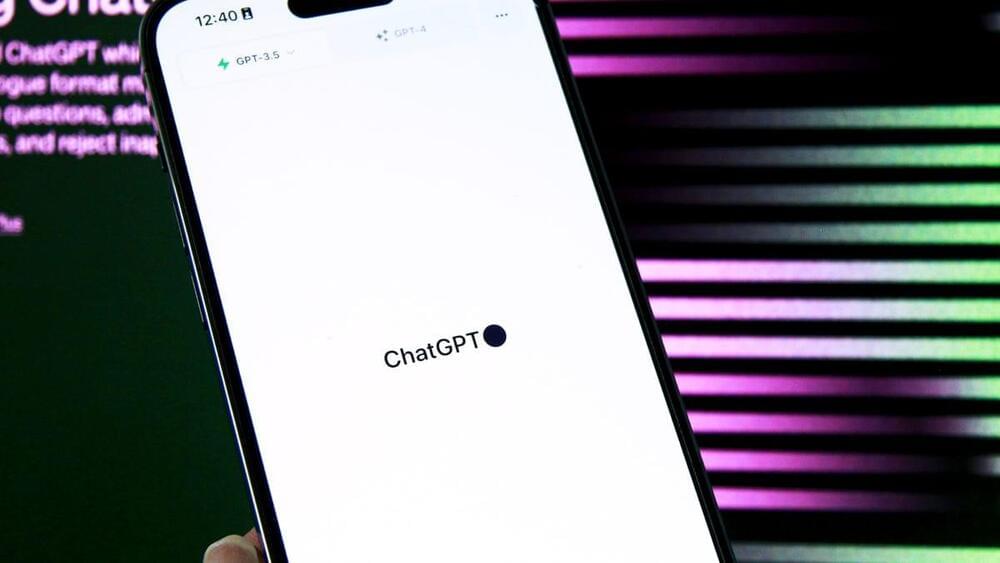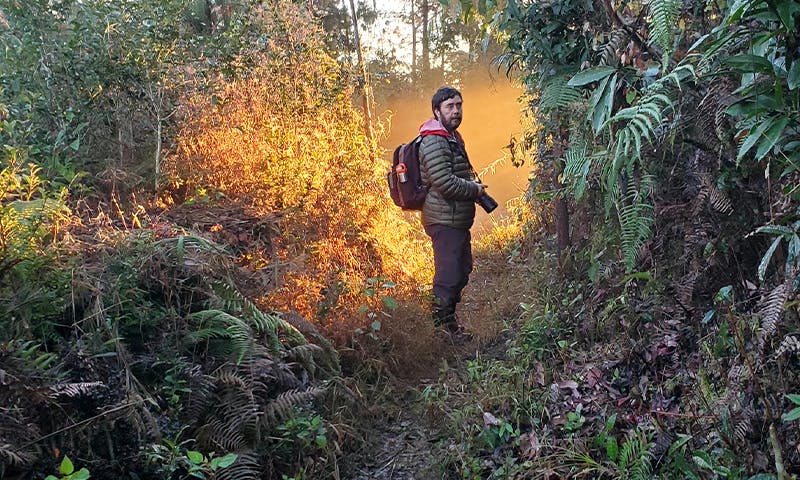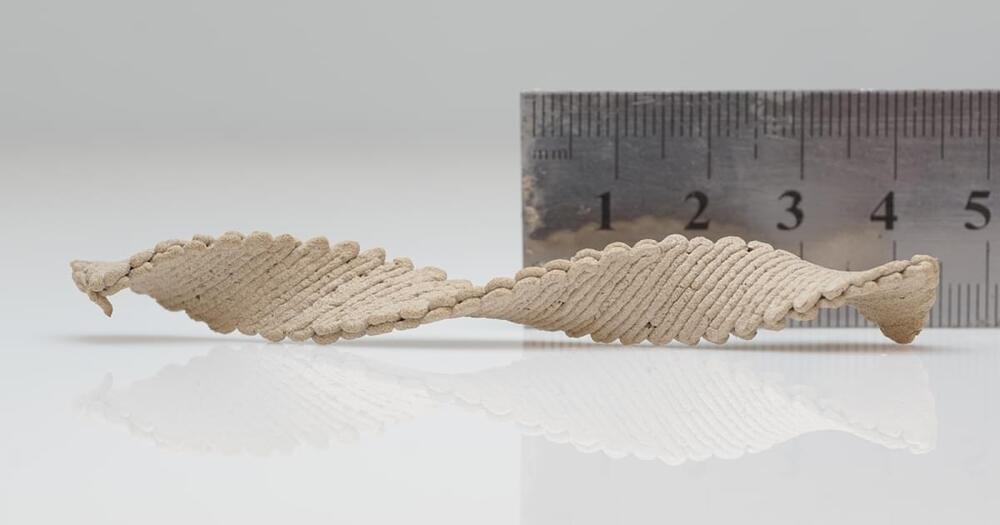Jul 5, 2023
Harvard Scientists Control “Points of Darkness” for Remote Sensing and Covert Detection Applications
Posted by Paul Battista in categories: engineering, materials
Two studies report new methods for using metasurfaces to create and control dark areas called “optical singularities.”
Optical devices and materials allow scientists and engineers to harness light for research and real-world applications, like sensing and microscopy. Federico Capasso’s group at the Harvard John A. Paulson School of Engineering Applied Sciences (SEAS) has dedicated years to inventing more powerful and sophisticated optical methods and tools. Now, his team has developed new techniques to exert control over points of darkness, rather than light, using metasurfaces.
“Dark regions in electromagnetic fields, or optical singularities, have traditionally posed a challenge due to their complex structures and the difficulty in shaping and sculpting them. These singularities, however, carry the potential for groundbreaking applications in fields such as remote sensing and precision measurement,” said Capasso, the Robert L. Wallace Professor of Applied Physics and Vinton Hayes Senior Research Fellow in Electrical Engineering at SEAS and senior corresponding author on two new papers describing the work.
